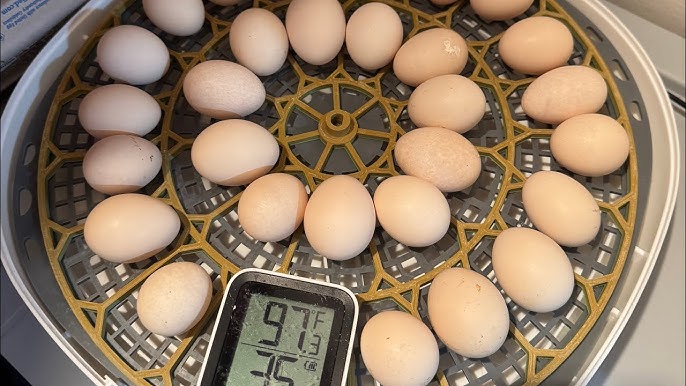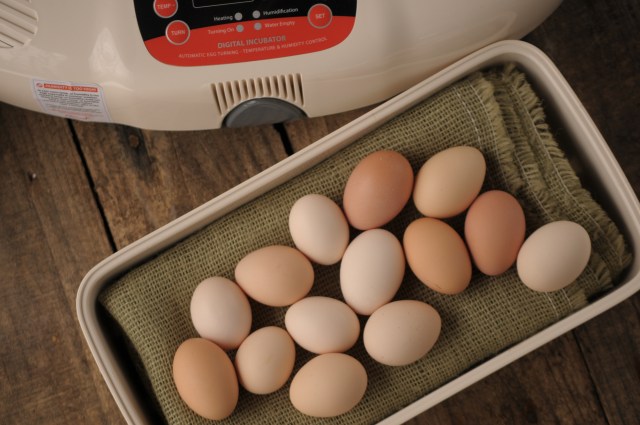Incubating eggs can be an exciting yet challenging process, especially for chicken lovers eager to welcome new chicks into the world. However, identifying rotten eggs during incubation is crucial to ensure a successful hatch. In this guide, we will explore various techniques to recognize the signs of a bad egg and prevent potential issues from arising in your incubation journey.

Understanding the Incubation Process
Before diving into the specifics of identifying rotten eggs, it’s essential to understand the basics of the incubation process. Incubation involves maintaining eggs at a constant temperature and humidity to allow the embryos to develop. An average incubation period for chicken eggs is about 21 days.
For those new to incubation, you can learn more about the process of hatching eggs at home. Understanding the stages of development can help in identifying abnormalities during incubation.
Why It’s Important to Identify Rotten Eggs
Identifying rotten eggs during incubation is important for several reasons. Firstly, a rotten egg can emit a foul odor and potentially harbor harmful bacteria, risking the health of other developing embryos. Secondly, a bad egg can explode if left unchecked, contaminating the incubator and jeopardizing the entire batch.
Common Causes of Egg Rot
Several factors can lead to egg rot during incubation:
- Poor egg quality or damage to the shell
- Incorrect temperature or humidity levels
- Improper handling or storage before incubation
- Contamination from bacteria or fungi
To minimize the risk, ensure you are following best practices for egg collection and handling.
Signs of a Rotten Egg
Here are some common signs to help you identify rotten eggs during incubation:
Foul Odor
The most obvious sign of a rotten egg is a strong, unpleasant odor. If you notice a bad smell coming from the incubator, inspect the eggs immediately to find the source.
Discoloration and Mold
Rotten eggs may develop discolored patches or even mold on the shell. This can indicate contamination and spoilage inside the egg.
Candling Techniques
Candling is a popular method used to inspect the interior of an egg without cracking it open. By shining a light through the egg, you can observe the development of the embryo and identify any abnormalities. Visit egg incubator humidity hacks to maintain the right environment for candling.
How to Safely Remove a Rotten Egg
Once you’ve identified a rotten egg, it’s important to remove it safely to prevent contamination:
- Wear gloves to protect your hands from bacteria.
- Gently remove the egg from the incubator.
- Dispose of the egg in a sealed container to contain the odor and bacteria.
- Clean the area where the egg was located with a disinfectant.
Preventing Rotten Eggs During Incubation
Prevention is key to minimizing the risk of rotten eggs. Here are some tips to ensure a successful incubation:
Ensure Proper Egg Storage
Store eggs in a clean, cool environment with the pointed end facing down. This helps maintain the air cell at the top of the egg, promoting healthy embryo development.
Maintain Correct Incubation Conditions
Consistent temperature and humidity levels are crucial for successful incubation. Refer to the guide on incubating eggs in hot climates to navigate challenges in different environments.
Regular Monitoring and Candling
Regularly monitor the eggs for signs of spoilage and candle them to check for embryo development. Keeping a close eye on the incubator ensures any potential issues are addressed promptly.
Conclusion
Identifying rotten eggs during incubation is a critical step in ensuring a successful hatch and maintaining a healthy environment for developing embryos. By understanding the signs of spoilage and taking preventative measures, you can enhance your hatching success and welcome healthy chicks into your flock.
For further guidance on managing incubation issues, visit the chicken incubator troubleshooting guide.

FAQs
1. What is egg candling?
Egg candling is a method used to observe the development of an embryo inside an egg by shining a light through it. This technique helps identify any abnormalities or signs of spoilage.
2. How often should I candle my eggs?
It’s recommended to candle your eggs at least twice during the incubation period: once around 7-10 days after incubation starts and again at 18 days. This will help you monitor development and spot any issues.
3. Can a rotten egg affect other eggs in the incubator?
Yes, a rotten egg can release bacteria or explode, contaminating the incubator and affecting the health of other developing embryos. It’s crucial to identify and remove rotten eggs promptly.
This article contains affiliate links. We may earn a commission at no extra cost to you.











